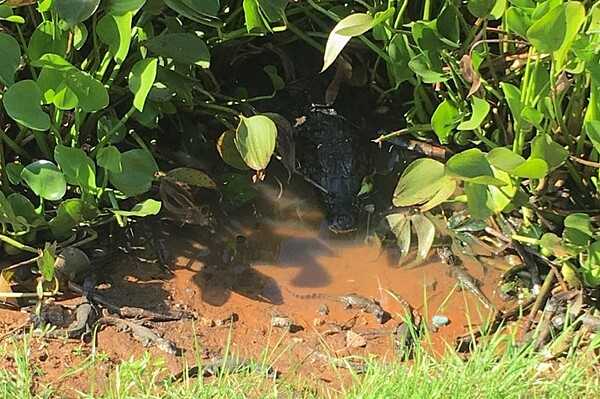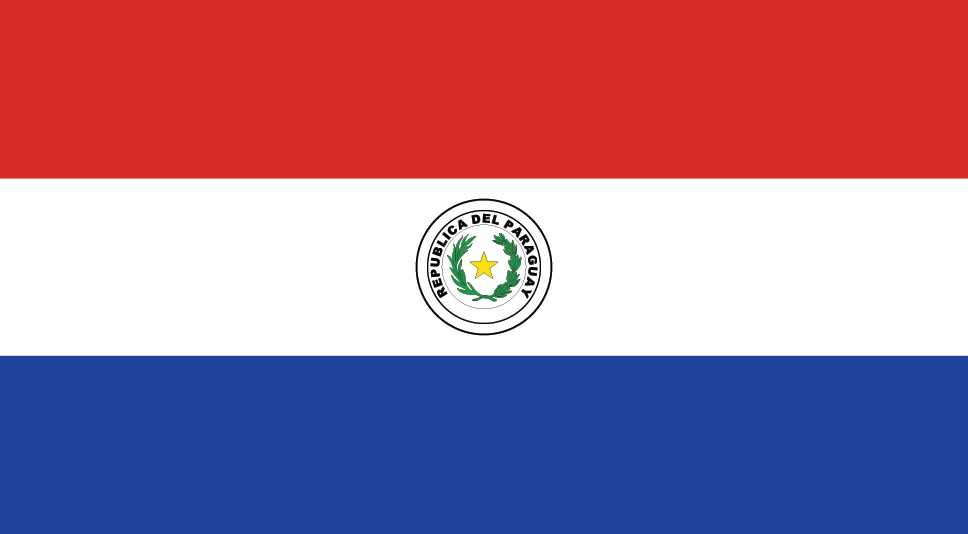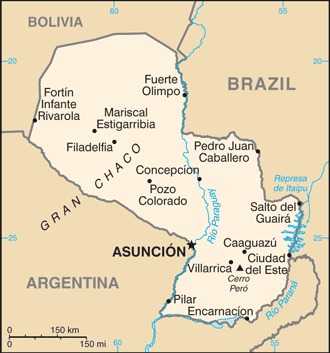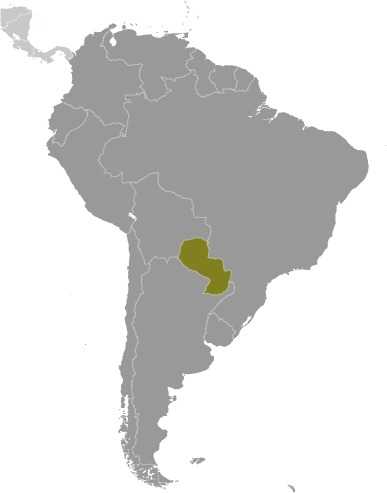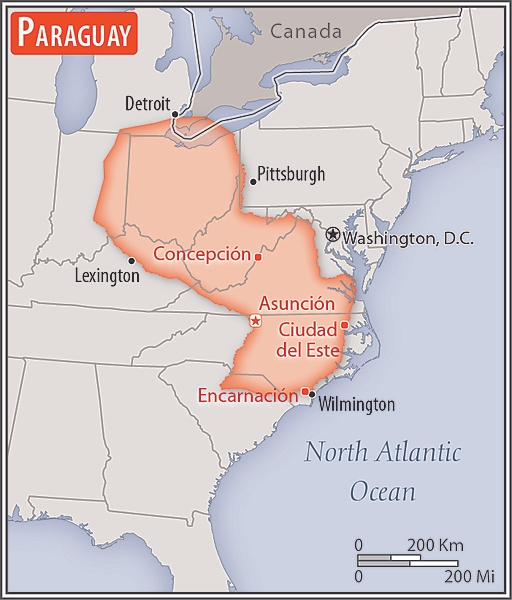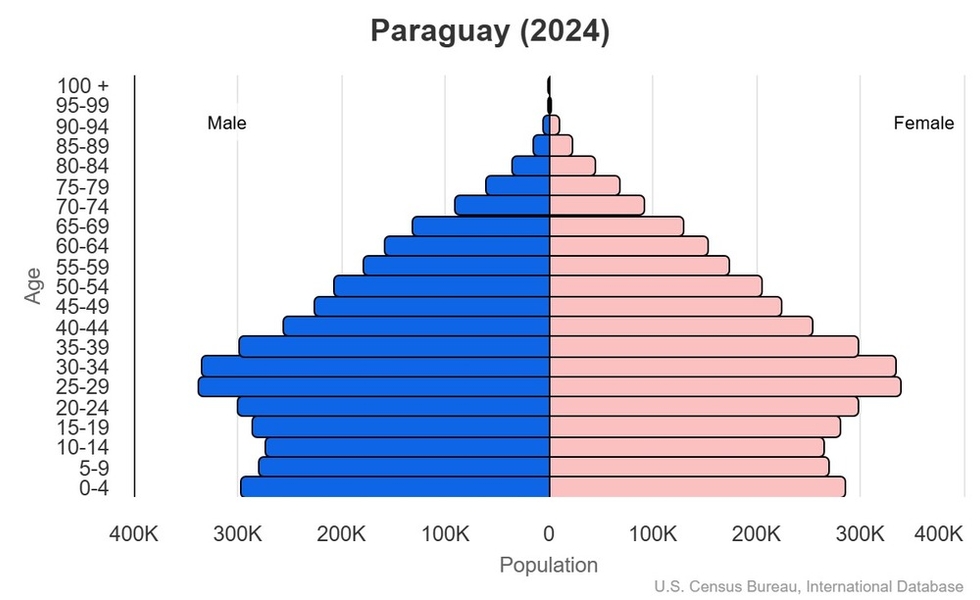Introduction
Visit the Definitions and Notes page to view a description of each topic.
Geography
People and Society
Population
comparison rankings: total 104; male 104; female 104
Languages
Median age
comparison ranking: total 123
Population growth rate
comparison ranking: 86
Birth rate
comparison ranking: 100
Death rate
comparison ranking: 196
Net migration rate
comparison ranking: 95
Maternal mortality ratio
comparison ranking: 90
Infant mortality rate
comparison ranking: total 70
Life expectancy at birth
comparison ranking: total population 73
Total fertility rate
comparison ranking: 126
Obesity - adult prevalence rate
comparison ranking: 100
Alcohol consumption per capita
comparison ranking: total 79
Tobacco use
comparison ranking: total 132
Children under the age of 5 years underweight
comparison ranking: 107
Education expenditure
comparison ranking: Education expenditure (% GDP) 134
Environment
Carbon dioxide emissions
comparison ranking: total emissions 119
Government
Economy
Real GDP (purchasing power parity)
comparison ranking: 92
Real GDP growth rate
comparison ranking: 67
Real GDP per capita
comparison ranking: 118
Inflation rate (consumer prices)
comparison ranking: 122
GDP - composition, by sector of origin
comparison rankings: agriculture 70; industry 41; services 155
Industrial production growth rate
comparison ranking: 95
Labor force
comparison ranking: 100
Unemployment rate
comparison ranking: 114
Youth unemployment rate (ages 15-24)
comparison ranking: total 84
Gini Index coefficient - distribution of family income
comparison ranking: 21
Taxes and other revenues
comparison ranking: 128
Current account balance
comparison ranking: 143
Reserves of foreign exchange and gold
comparison ranking: 77
Debt - external
comparison ranking: 43
Energy
Electricity
comparison rankings: installed generating capacity 68; consumption 89; exports 10; transmission/distribution losses 165
Energy consumption per capita
comparison ranking: 122
Communications
Telephones - fixed lines
comparison ranking: total subscriptions 118
Telephones - mobile cellular
comparison ranking: total subscriptions 97
Broadband - fixed subscriptions
comparison ranking: total 81
Transportation
Merchant marine
comparison ranking: total 87
